The Somewhat DX7 Like Alternative
The Digital Keyboards Inc Synergy II+ is a digital additive/FM synthesizer that sounds like no other. Somewhat similar to the extremely popular Japanese Yamaha DX7, its tone is mellower and warmer. The Synergy appealed to many performers and composers in that it was, like the Synclavier (one of Michael Jackson’s famous early synthesizers) , made in USA.
It’s estimated that only 700-800 Synergy keyboards were made and that less than 100 are in operation today.
Due to it’s rarity and lack of many working examples, it is not easy to garner modern day opinions and user experiences and so it makes sense to paste some stuff from wiki:
“Analog synths of the same era (the late 1970s and early 1980s when the Z-80 computer chip ruled the electronic world) were subject to environmental changes in the input controls that meant every performance, even after a short delay, would be different. The tuning capacitors would drift due to performance venue temperature changes or recording studio humidity and temperature changes making it very difficult to stay in tune with other instruments and especially other electronic instruments.

One way around this was to spend huge sums of money on the latest high end digital synthesizers that held their tunings digitally. Famous electronic artist Wendy Carlos (her originally soundtrack for The Shining remains unused to this day and I have yet to hear it. If you have a link please share in the comments below) owned a Crumar General Development System, or GDS, that was released in 1980 and sold at that time for $30,000USD / $41,544 CAD or $114,300 USD / $158,271 CAD in today’s prices after adjusting for inflation . “
The GDS was used famously on the Tron soundtrack.[9] She was also one of the instrument’s most devoted users, and still uses it to this day.


The GDS Leads to the Synergy
With microchip prices falling including the Z-80 and with further work on the same basic concept of the GDS (additive synthesis, a system microcomputer, programmable sound generators, and a number of different input devices) the lower-cost Synergy was released in 1981.[10] More affordable and more powerful computer chips meant that The Synergy was able to remove earlier expensive design parameters that would have required a separate stand alone computer component, and re-packaged the entire system into a case with a 77-key keyboard.
Due to it’s high price, the GDS did not sell well, allowing the Synergy to find some market share. However, when the famous Yamaha DX7 was released in 1983, it quickly took over the market. The DX7’s FM synthesis offered the same basic control over output sound as an additive synth, but could duplicate the effects of many ganged oscillators in as few as two.[11] Its $2,000 usd/ or around $7,000 usd in today’s money when adjusted for inflation. This price point eliminated any competition from the additive synths and production of the Synergy ended in 1985.

A final version of the original Synergy machine was produced after Digital Keyboards was shut down in early 1985. More on this below. Digital Keyboards’ chief designer, Mercer “Stoney” Stockell, decamped and formed Mulogix with Jim Wright and Jerry Ptascynski. The Mulogix Slave 32 was a Synergy re-packaged into a 2U rack-mount module with a MIDI interface. The Slave 32 could read and write EPROM cartridges from the Synergy.[12]
Final Version
Later models of the Synergy, known as the Synergy II+, feature MIDI implementation, 24 user voice RAM, and an RS-232 computer port. This allowed support for Kaypro II portable computer systems running Synergy voicing software to open up the possibility to finally edit the sounds of the Synergy as well as to save patch and sequence data on to floppy disk. (via vintagesynth.com)
If you are searching for one of the most desirable synthesizers ever, fear not, because our friends at ToneTweakers just fully serviced a unit and it’s working great and its a desirable II+ model. Check out the video below to hear the preset sounds. For the Silo, Jarrod Barker.



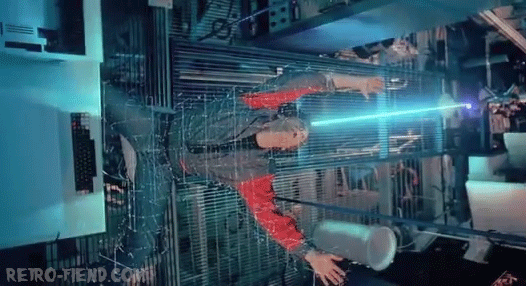

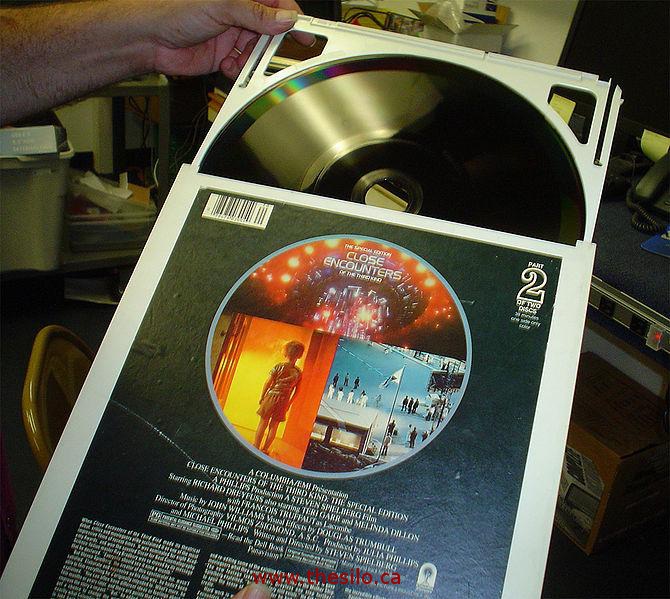

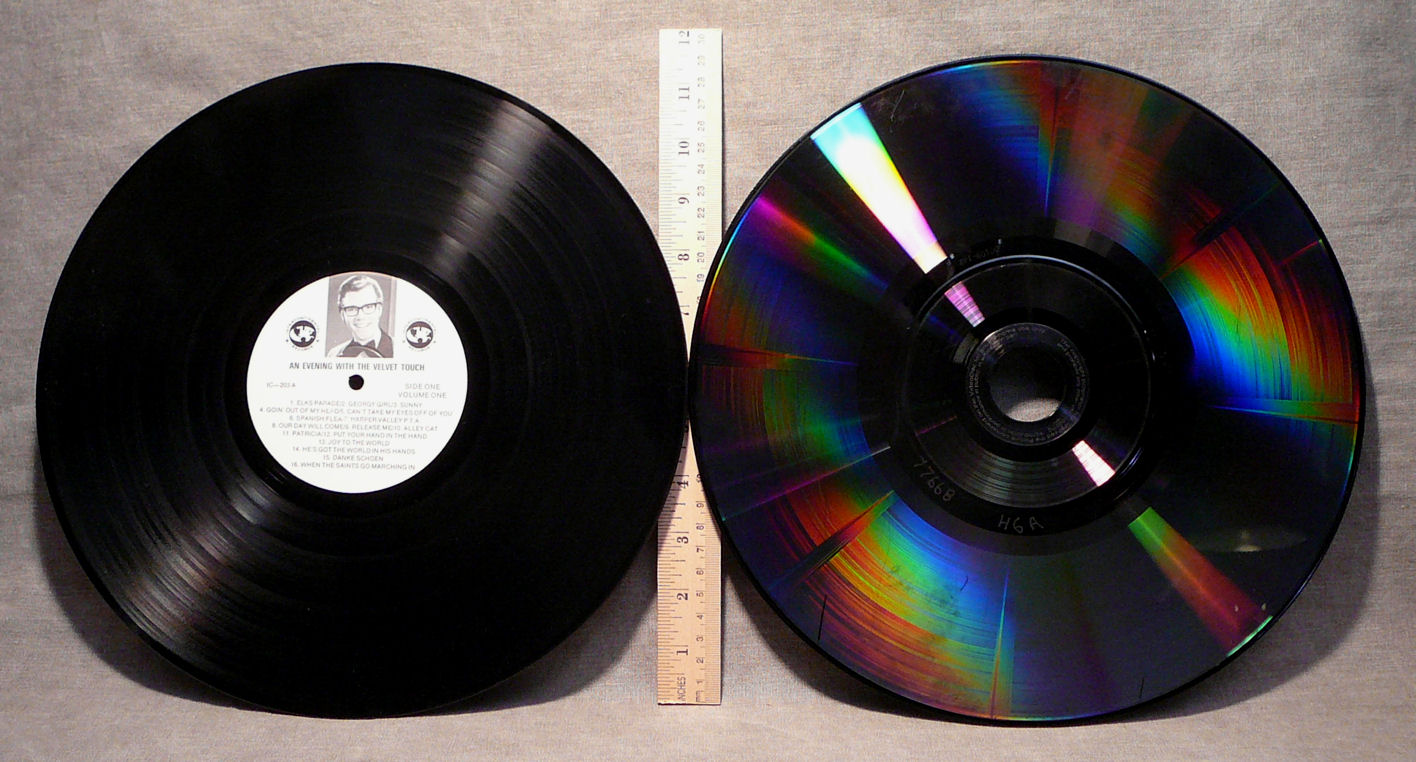
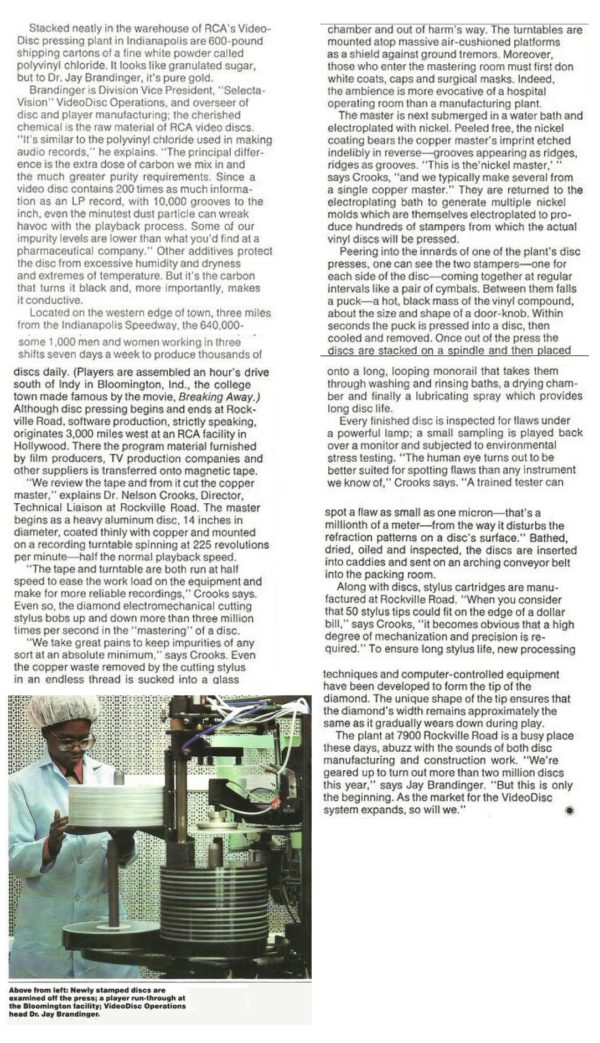
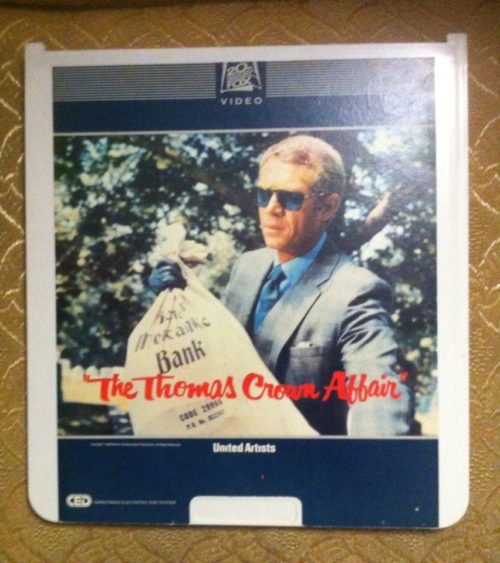
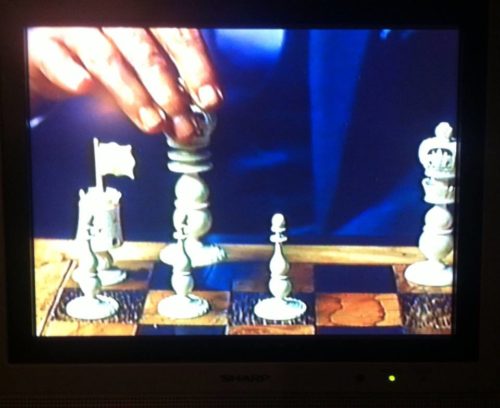
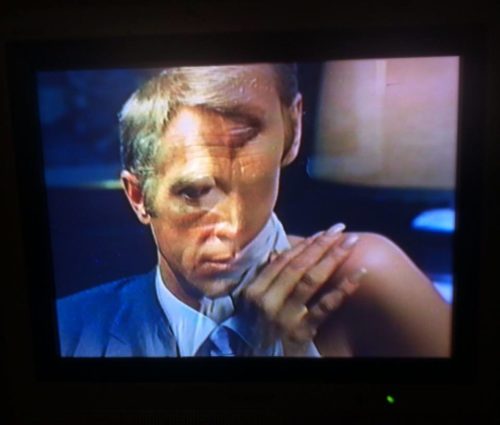



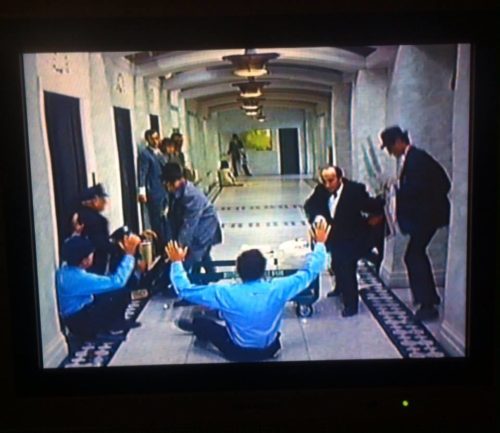



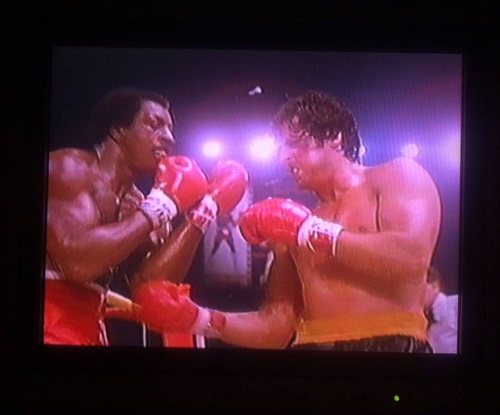




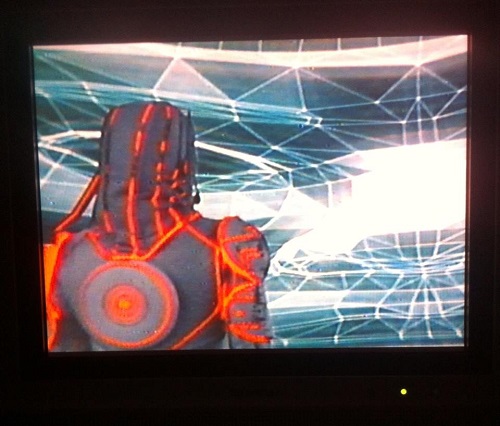
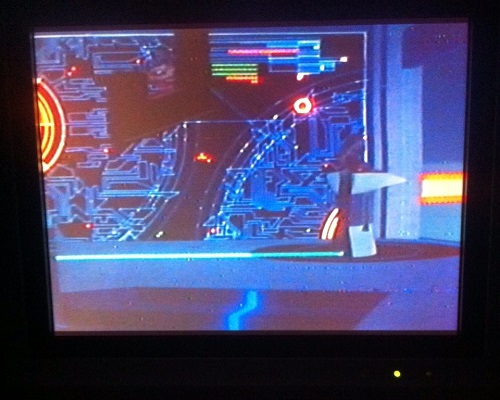
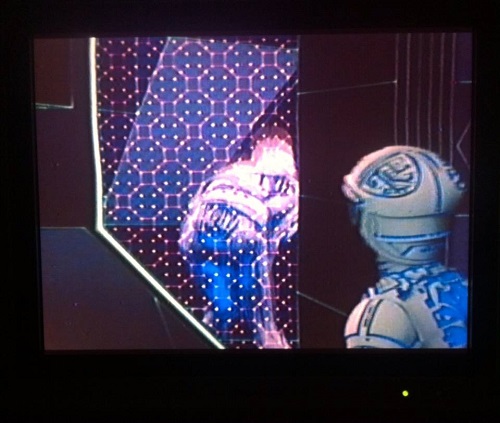
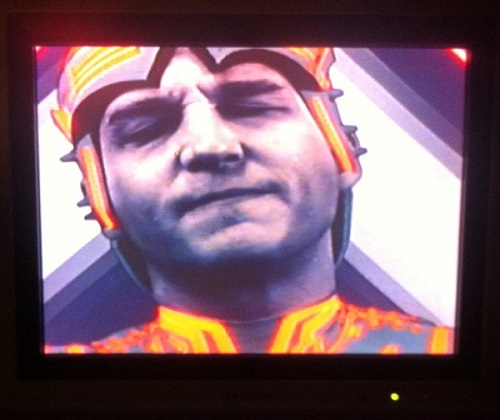
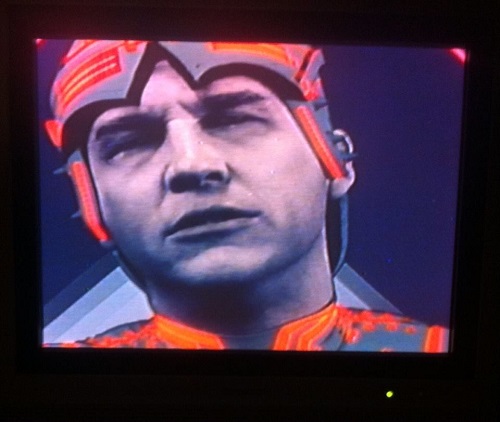
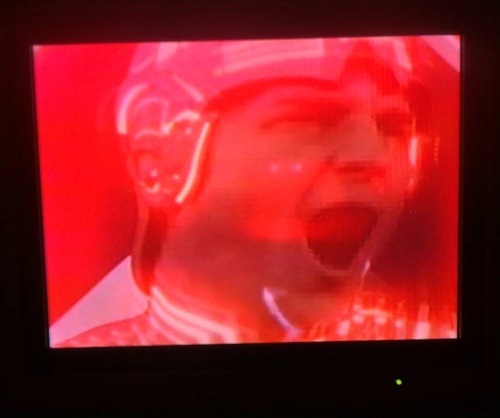
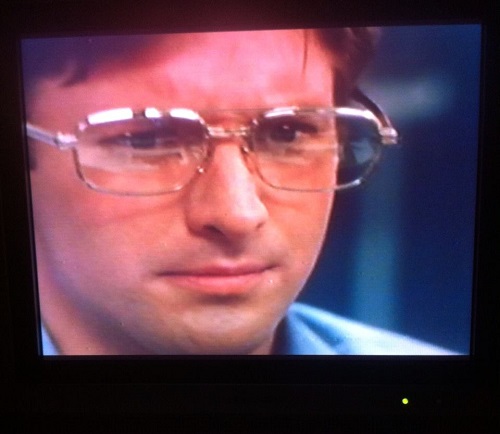
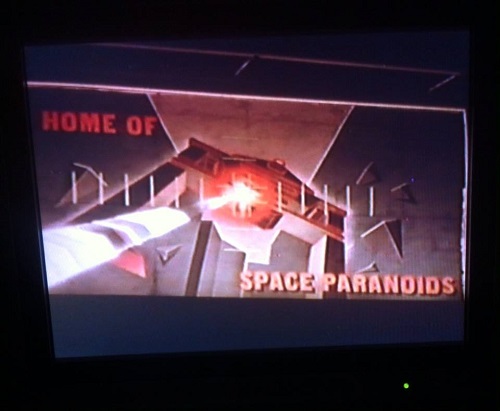

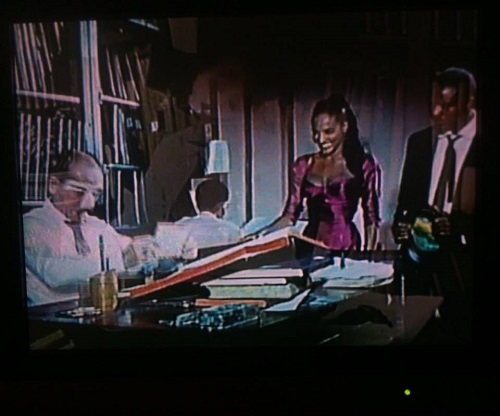



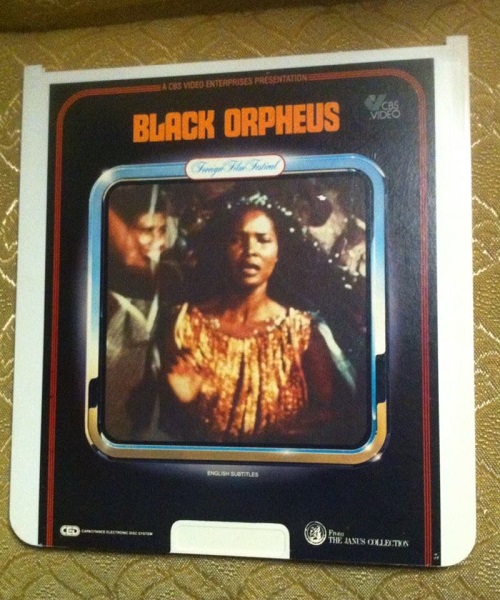
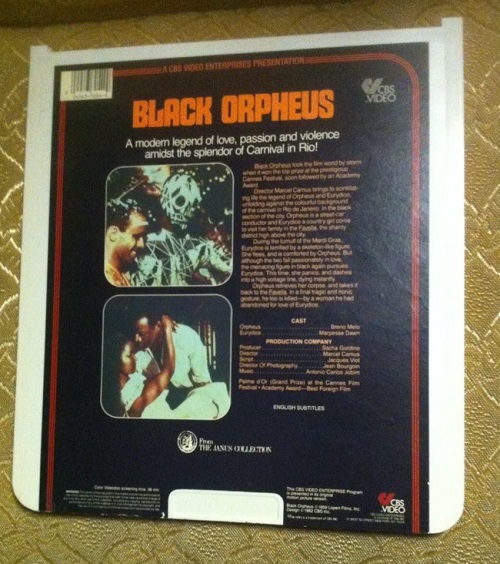
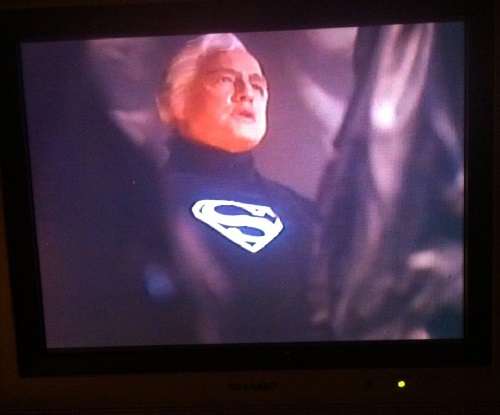
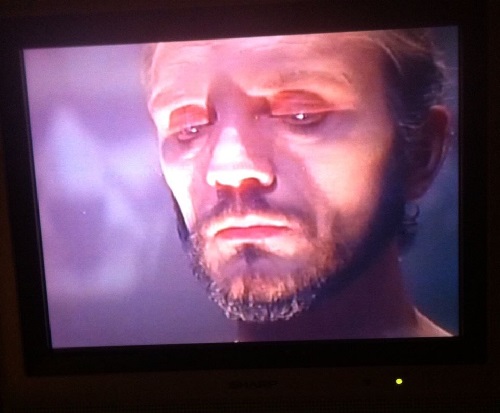
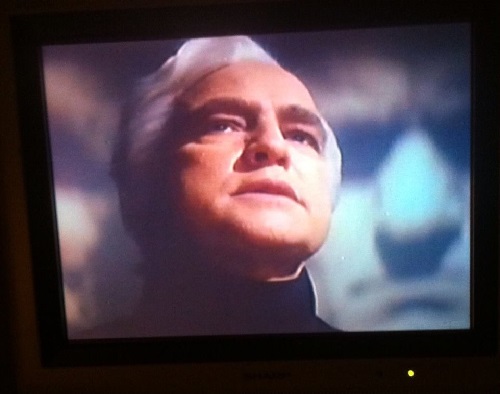
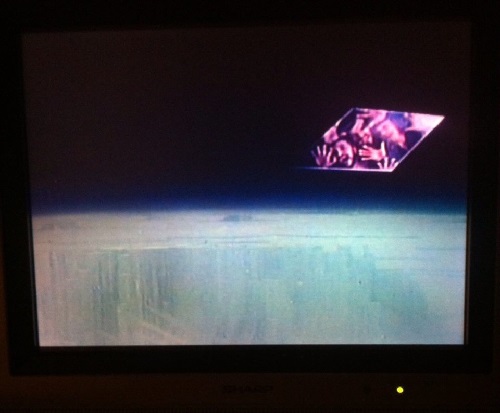
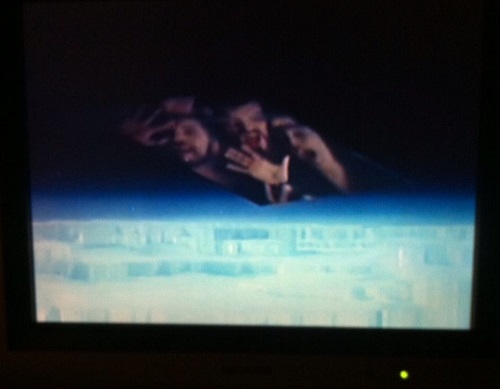

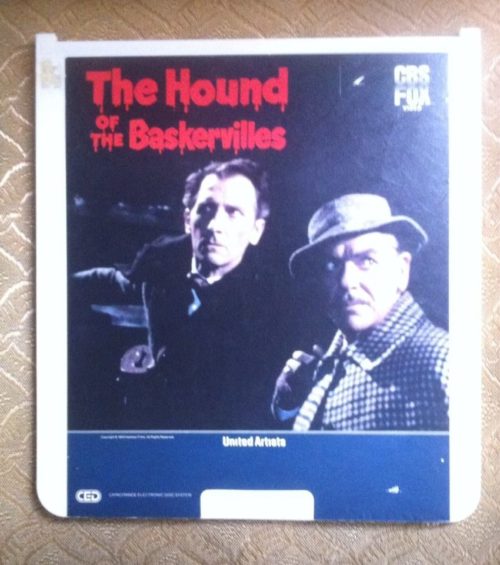
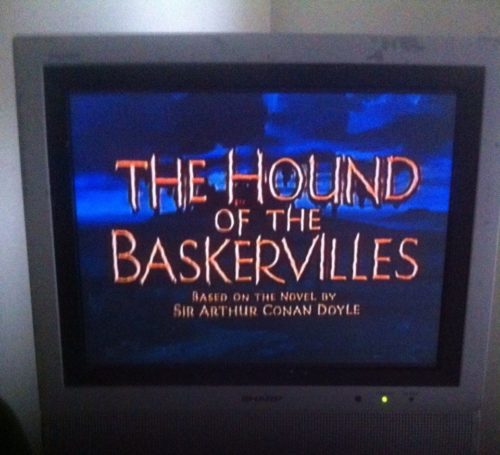



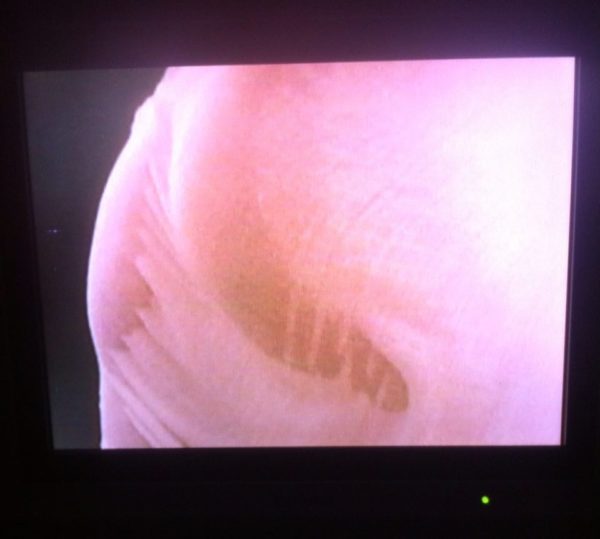


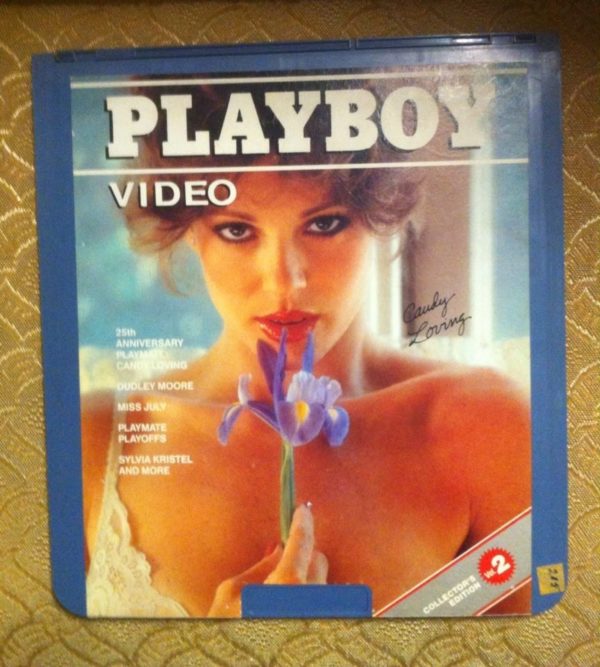
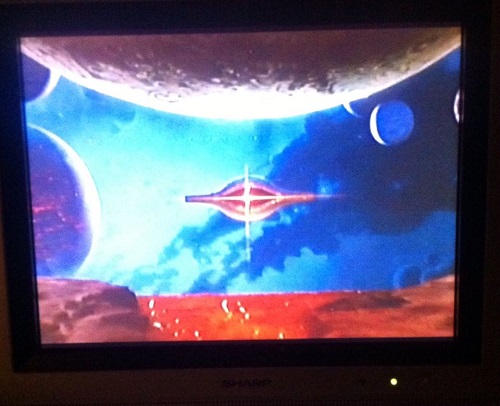
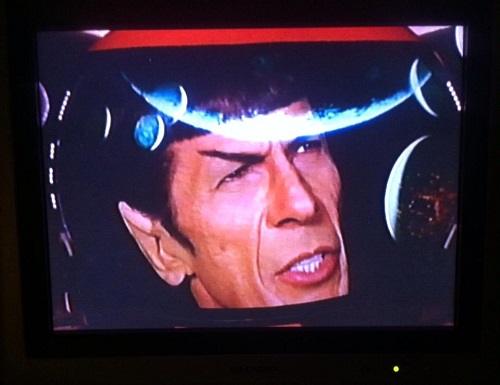
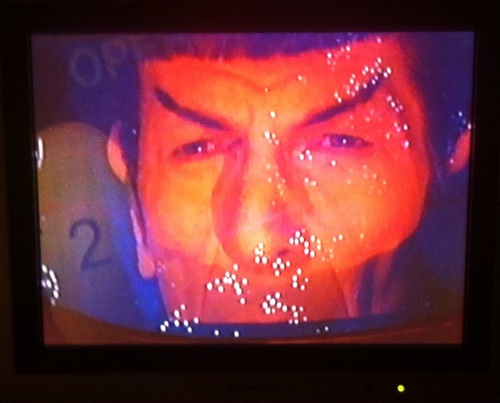
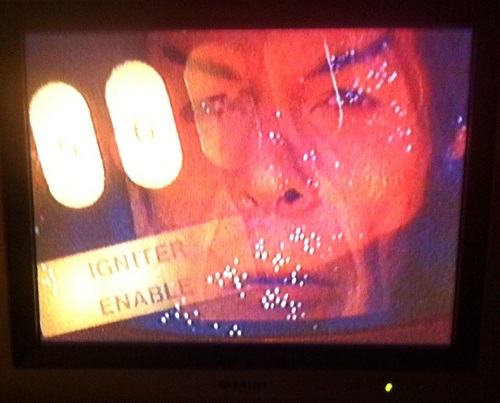
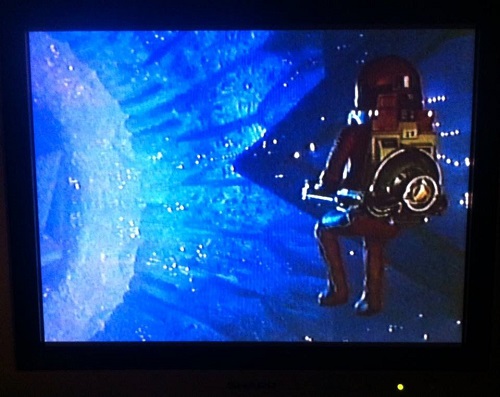
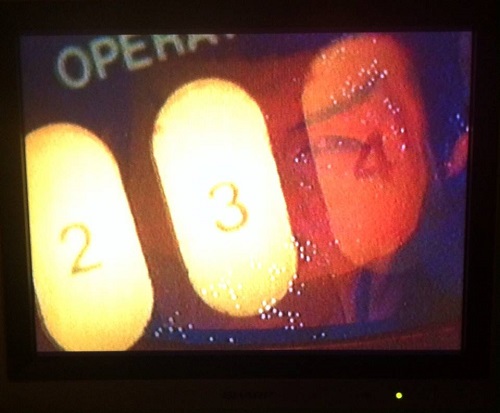
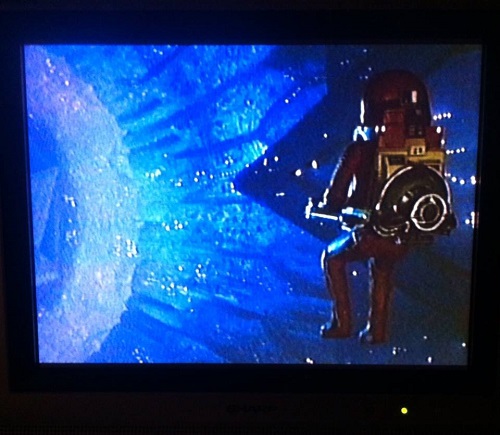
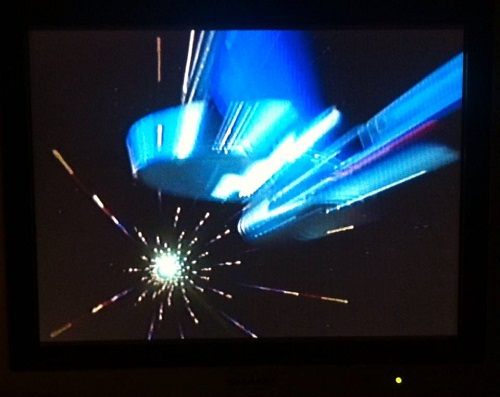
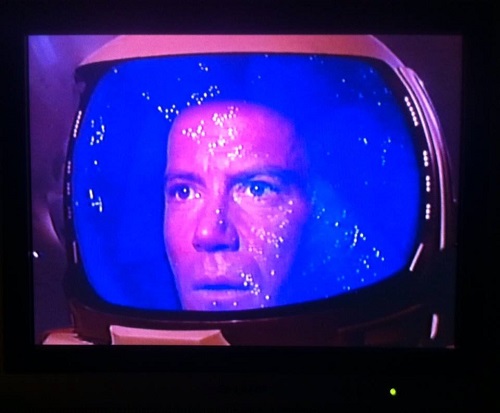
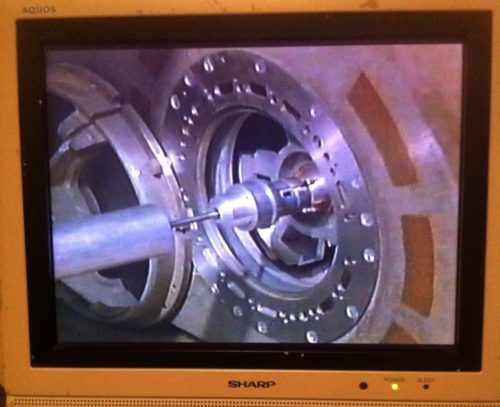
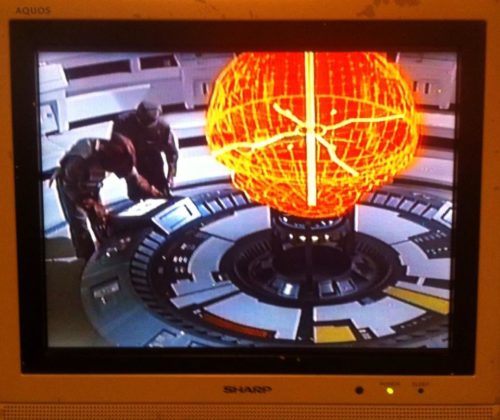
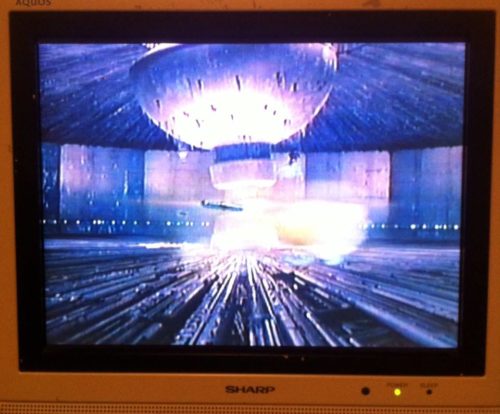
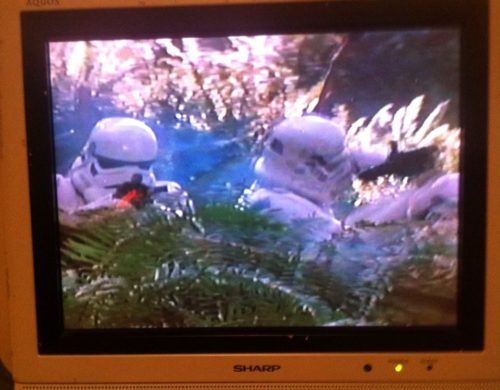
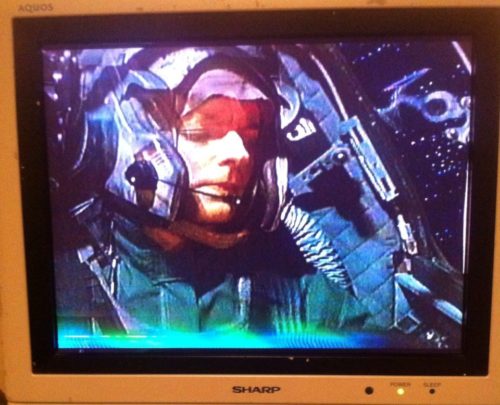
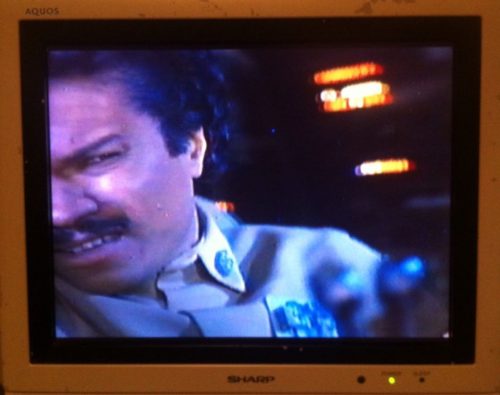
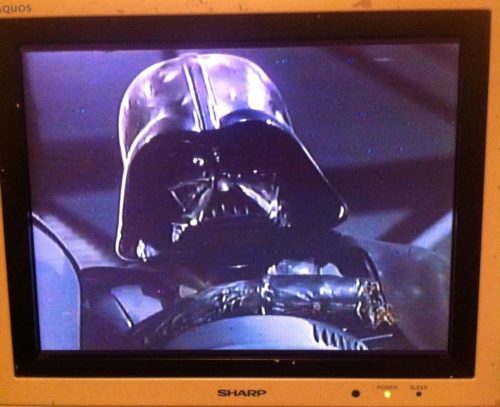
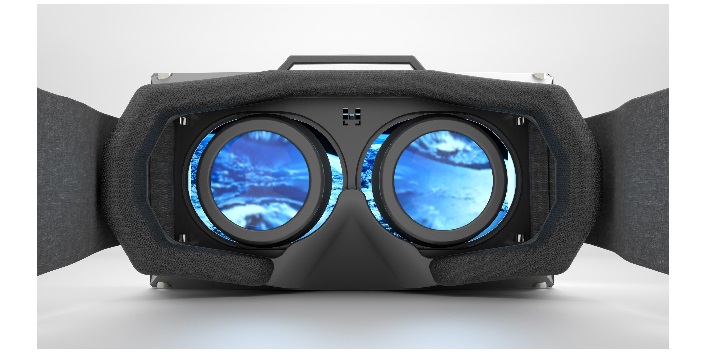
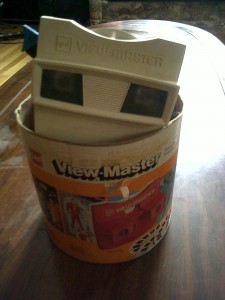
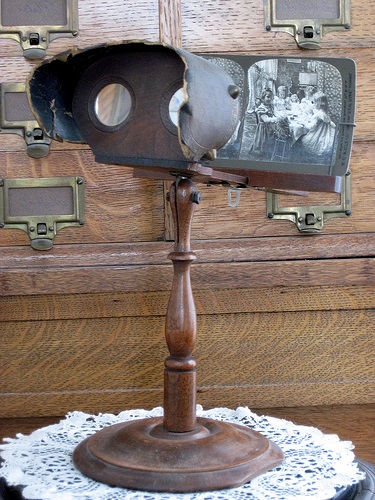 Yes,
Yes, 
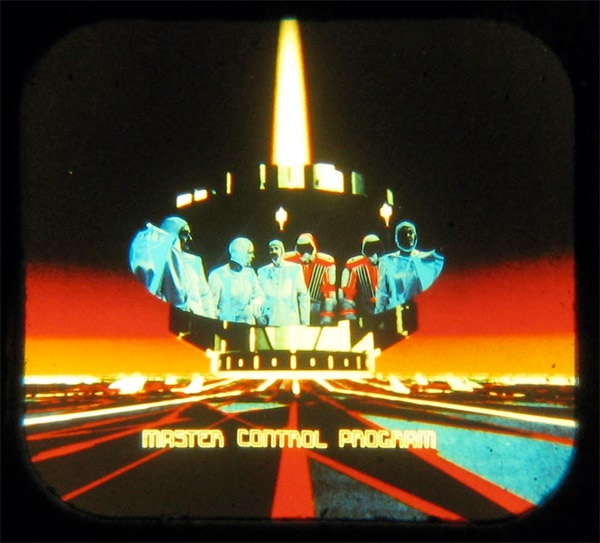
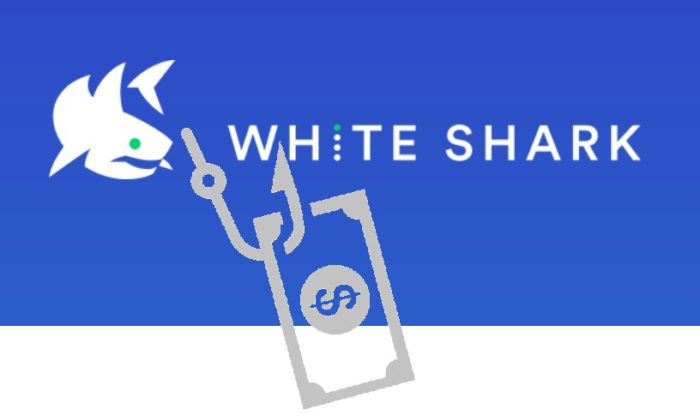
 “White Shark is a game changer.” White Shark app enthusiast Ryan Kesler of the Anaheim Ducks explains. “It’s so easy and fun to use. Buying and selling crypto has become part of my daily routine. There’s no guess work in making money – the accuracy of the algo trading is the only way to go.”
“White Shark is a game changer.” White Shark app enthusiast Ryan Kesler of the Anaheim Ducks explains. “It’s so easy and fun to use. Buying and selling crypto has become part of my daily routine. There’s no guess work in making money – the accuracy of the algo trading is the only way to go.”